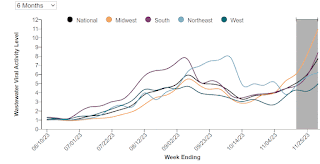G6PD Mutation & Vaccine Complications

A 72-year-old patient presenting with an inguinal mass and a history of asthma and edema, received two doses of the COVID-19 vaccine in 2021. Approximately two weeks after the second dose, he developed a myriad of symptoms, including dyspnea, palpitations, and edema. Despite local clinic treatments, the symptoms worsened, eventually leading to a diagnosis of retroperitoneal dedifferentiated liposarcoma. The diagnostic journey involved chest CT scans, pleural punctures, and biopsies. The patient's unique case posed challenges, with initial treatments providing only temporary relief. The situation escalated, prompting further examinations and a switch to anlotinib treatment. Three days after discharge, the patient faced a recurrence of symptoms, leading to a critical discovery — a severe G6PD deficiency. This revelation unfolded through whole exome sequencing, shedding light on a genetic predisposition that played a pivotal role in the patient's adverse reactions. The authors h

